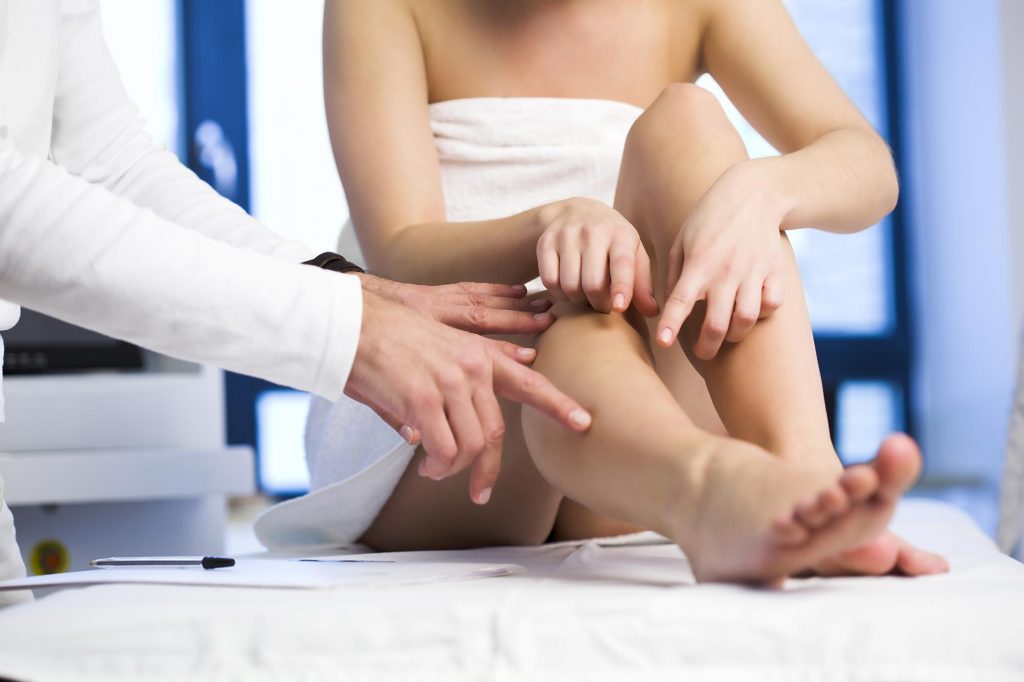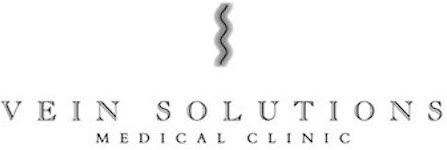Types of Veins
Abnormal, dilated veins appearing on the legs affect 50% of the population during their lifetime. There are three common types, which are frequently seen in combination.
‘Spider veins’ are the finest and are usually fed by larger ‘reticular veins’, which are larger bluish veins under the skin.
‘Varicose’ veins are the largest; they often bulge above the skin surface and are normally due to a weakness in the vein wall. Symptoms associated with varicose veins include heaviness, burning, aching, stinging, throbbing, swollen ankles, restless legs and leg cramps. The presence of a skin rash, small blue veins on the feet, skin discolouration, ulcers, and scarring and indicates the presence of increasing vein pressure which is likely to get worse if not treated. Treating the abnormal veins will significantly improve symptoms for the majority of patients.
Why do abnormal veins develop?
What is the mechanism by which veins develop?
Blood in leg veins normally travels upwards to the heart. Due to gravity blood tries to flow back down towards the feet. However, normal veins have valves, which close to prevent abnormal flow towards the feet. It is the breakdown of the valves that leads to abnormal flow, which in turn leads to increased pressure in the vein. The increased pressure eventually causes the vein wall to expand and bulge producing a varicose vein.
Varicose veins serve no useful function to the body’s circulation. Our body has the ability to establish alternative pathways to bypass the abnormal varicose veins. When varicose veins are closed down the circulatory system improves, as do many of the symptoms. It is important to understand that varicose veins can be a progressive condition and that totally new veins can develop with time. Maintenance treatment is likely for most patients.
Can vein problems be prevented?

